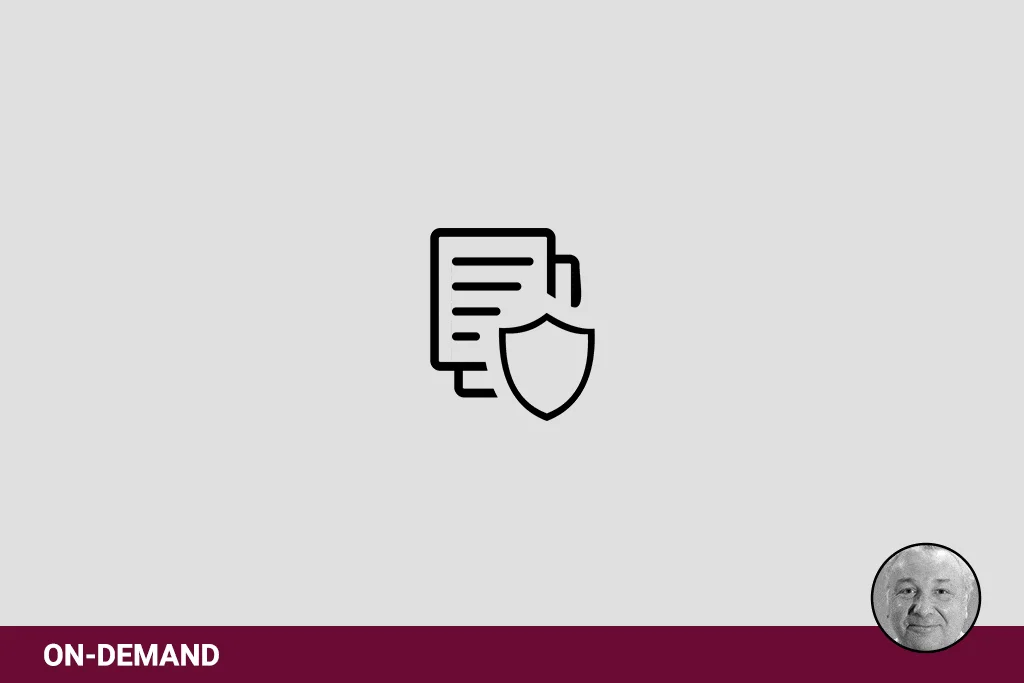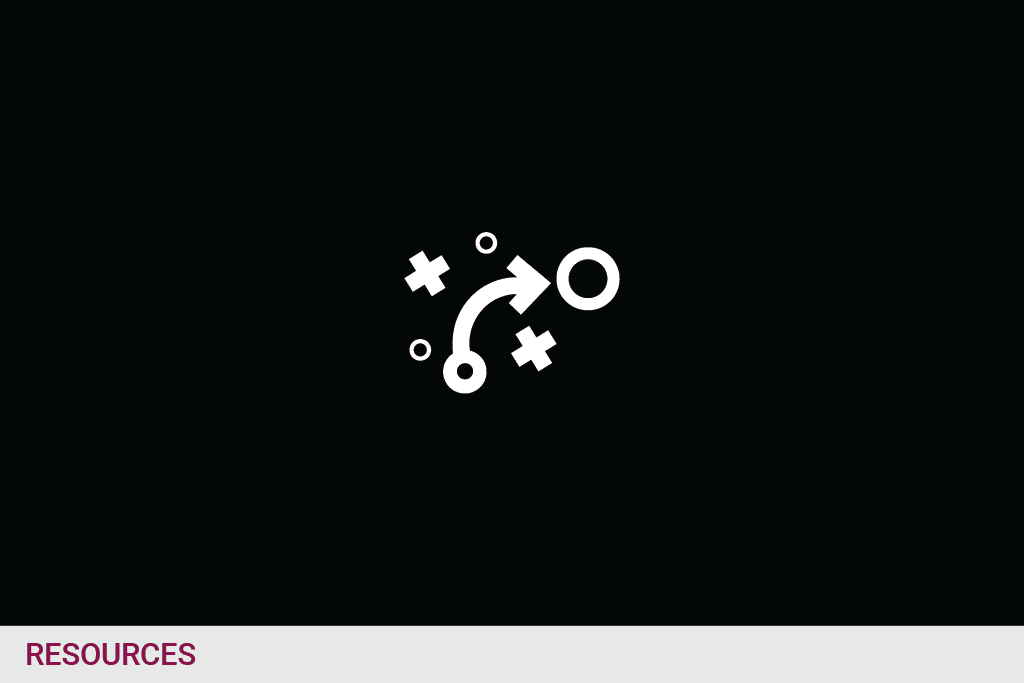Combustible Dust Test Planning
Facilities that handle or generate dust as part of their process are at risk of explosion and fires. In order to mitigate these adverse events, companies must create an appropriate strategy for controlling combustible dust hazards.
OSHA NEP, NFPA, and other sources list a variety of possible combustible dust characterization tests that aid in the creation and continuity of suitable dust safety strategies.
This may include such tests as the Minimum ignition energy (MIE), Minimum ignition temperature (MIT), Minimum explosible concentration (MEC) and Percent moisture content, to name a few.
However, conducting all the listed tests isn’t the most sustainable option for many businesses and is usually not necessary. Undertaking an expansive range of testing not only impacts project completion time frames, but comes with accompanying financial costs.
Understanding combustible dust
Any substance that has the potential to become dispersed and suspended through the air as a dust cloud, ignite, and explode when exposed to an ignition source is considered to be combustible dust and may produce an explosion hazard.
As stated by OSHA, “Combustible dusts are fine particles that present an explosion hazard when suspended in air under certain conditions. A dust explosion can cause catastrophic loss of life, injuries, and destruction of buildings.”
Most materials are combustible in fine form, and some examples include:
• Metal
• Wood
• Coal and carbon
• Plastic
• Biosolid
• Organic
• Textile
• Agricultural (corn, wheat, sugar)
However, those materials that may not “normally” be combustible, can burn or explode if the dust particles are at the right size and concentration.
Combustible Dust Planning Presentation
The Combustible Dust Test Planning presentation lays out a risk-based approach to deciding which tests are important for specific applications, that can be applied to a number of industries.
This education session will provide an understanding of:
- Recognizing potentially combustible dust
- Articulating the importance of dust characterization and material properties
- Identifying the data behind fire, flashfire, and explosion hazards of combustible dusts
- Recalling the current status of codes and standards
- Recalling recognized and generally accepted good engineering practices, RAGAGEP
- How to assess what tests are available
- How to develop a new test proposition
- Samples to test – equipment application and which sources of ignition may be present
- How to prepare samples
- Tests to conduct and what the report data represents
- Documenting an effective sampling plan
Who will benefit:
- Managers
- Supervisors
- Engineers
- Safety personnel
Download and access your Combustible Dust Testing planning guide (2022) to help keep your process, people, business and the environment safe from the risks of combustible dust
Fill out the form below to get a copy of our dust testing educational course to ensure explosive material safety in your workplace.
Learn more about how our US-based combustible dust services can support your company in all related areas of combustible dust safety. Our national and international consultants partner with clients to conduct dust hazard solutions in a collaborative way and make recommendations that are actionable, compliant and reduce potential adverse incidents. Contact us to learn more about our services and book a free consultation.



